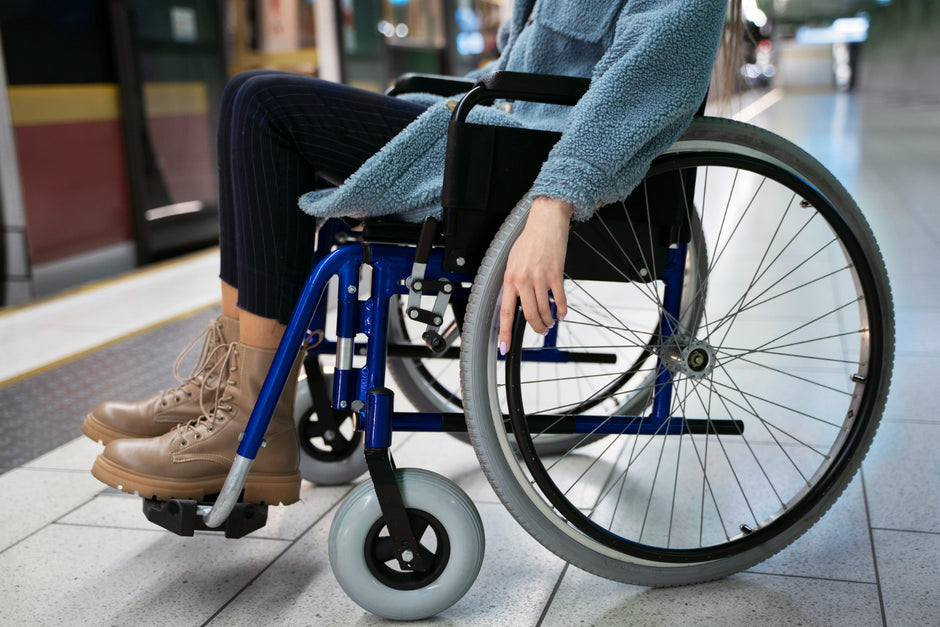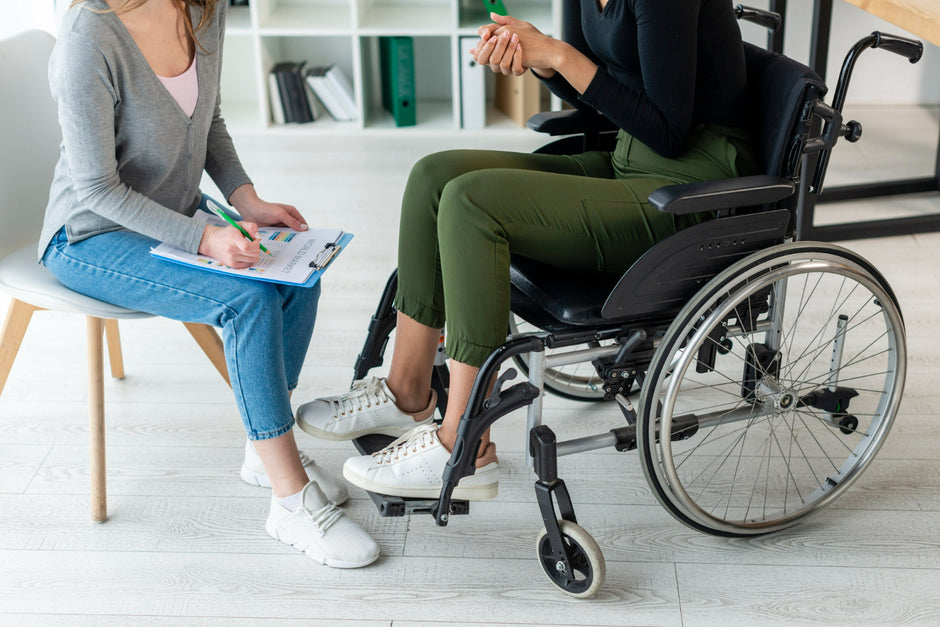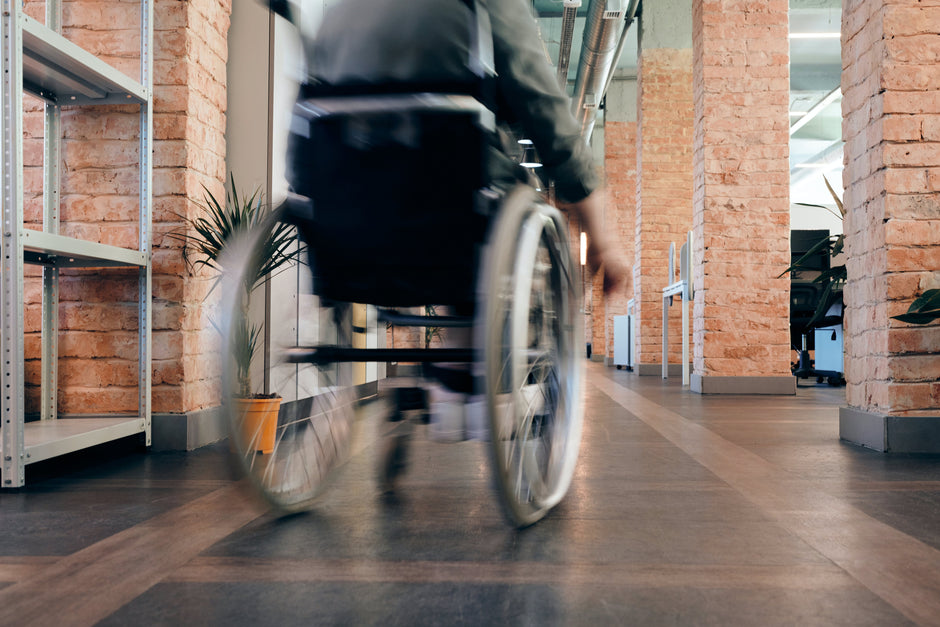So what’s the difference between P2, N95 and others?
We understand how confusing the many different names of different face mask standards and what they all mean. In order to simplify things for everyone, essentially the they are all same grade but with slight differences.
Global standards and classifications
Listed below are the recommended global performance standards for respirator face masks:
- P2 (Australia/New Zealand AUS/NZ 1716:2012)
- N95 (United States NIOSH-42CFR84)
- KN95 (China GB2626-2006)
- FFP2 (Europe EN 149-2001)
- DS2 (Japan JMHLW-Notification 214, 2018)
- Korea 1st class (Korea KMOEL – 2017-64)
Whilst the naming of each is different depending on the country, generally they all achieve the same standards.
If you live in either in Australia or New Zealand, we recommend to use P2 certified face mask, as they are certified and endorsed by the Australian government.
What is a P2 respirator mask?
P2 respirators meet the AS/NZS1716 standards, filtering both mechanically and thermally generated particles. They deliver higher efficiency in filtration at 94% of all airborne particles.
A P2 respirator mask will protect the wearer from small particles generated by mechanical processes like grinding, cutting, sanding, drilling and sawing.
A P2 mask will also give wearers the protection they need from sub-micron thermally generated particles such as welding fumes, fertilizer and bushfire smoke.
Lastly, P2 masks are graded for use in virus protection and healthcare sectors. They theoretically protect wearers from biologically active airborne particles under specified infection control applications such as: viruses, bacteria, COVID-19 and SARS.
What is the difference between P2 respirator masks and surgical masks?
The key difference between both types of masks is that P2 respirators are intended to protect wearers from others and the surrounding area, whilst a surgical mask is worn to protect others. A surgical masks is loose by fit and is intended to prevent saliva and respiratory discharge, unlike P2 respirators, they have no sealing around the face.








